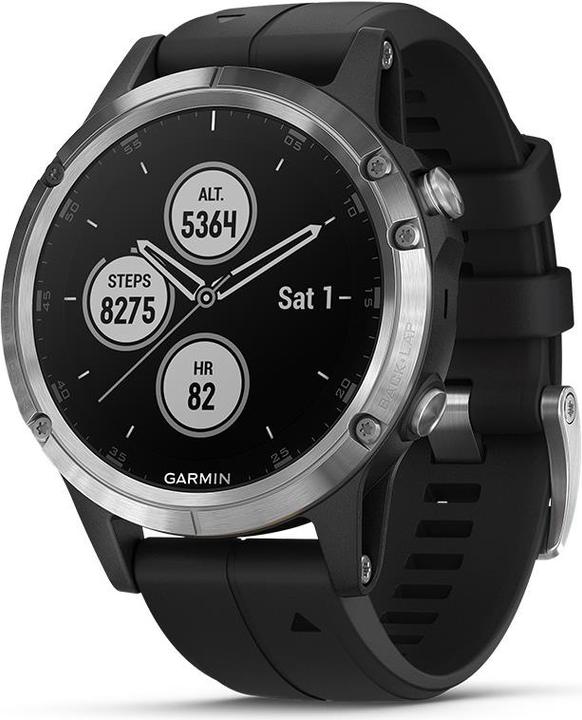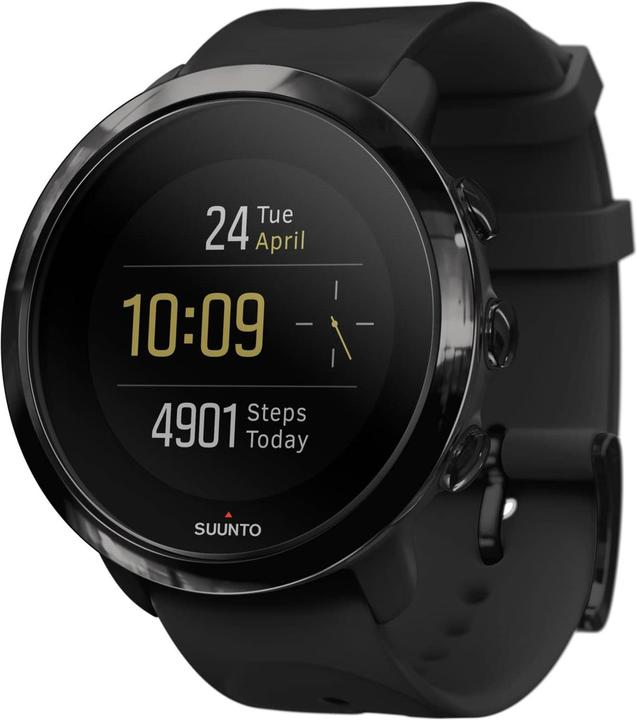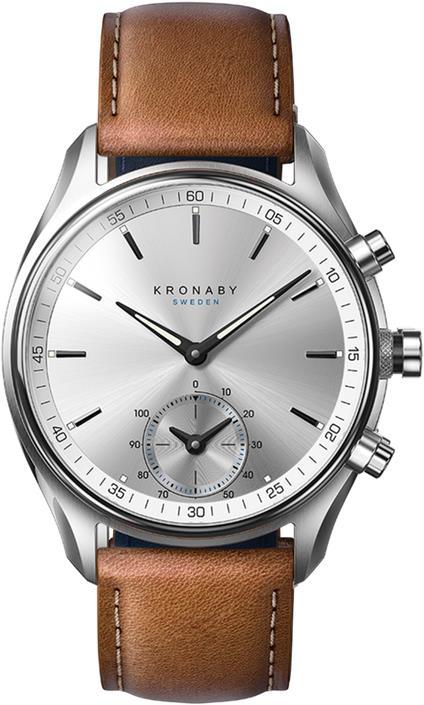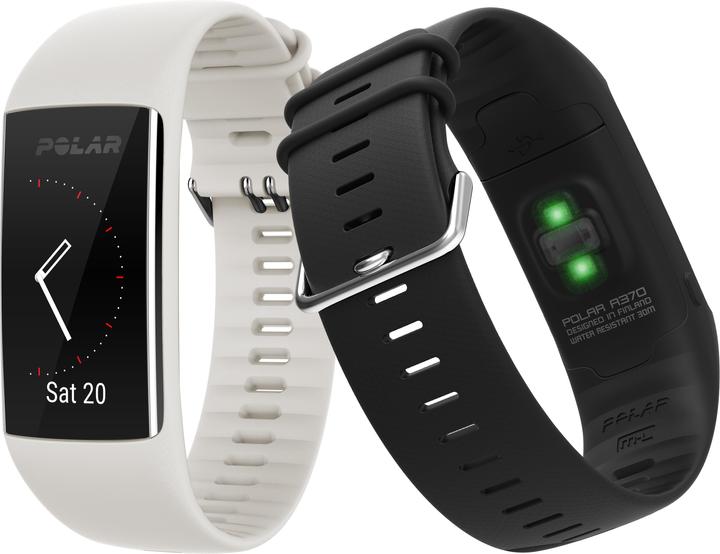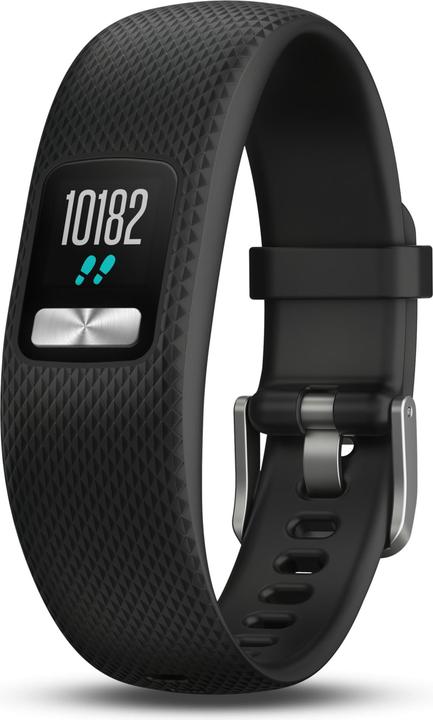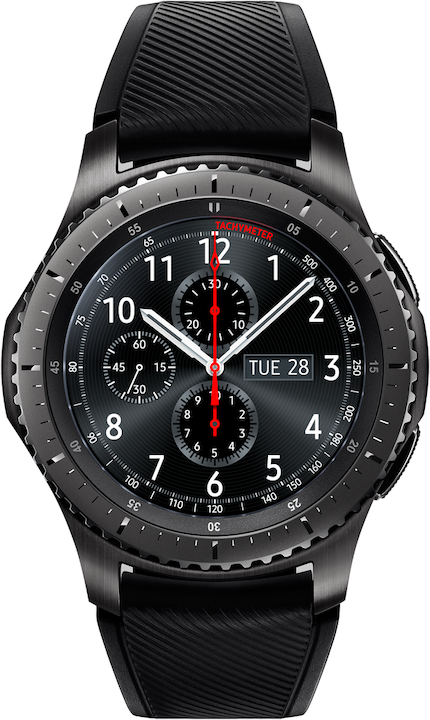
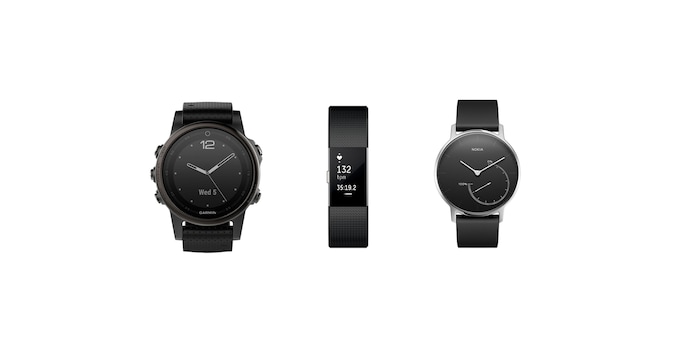
Smartwatch, sports watch or a connected watch after all? A brief overview
Are you a sports fan, a nerd or just want to track your health? There's something smart for every type of wrist. Here is an overview of what wearables are available.
Our range includes over 300 sports watches and smartwatches. And the trend is rising. But which wrist appendage can do what? And what should you look out for when buying one?
Smartwatch
The smartwatch is the supposed queen of wearables. It is based on the electronic wristwatch, which is enhanced with sensors, vibration functions and connectivity. Connectivity means that the watch is able to establish a constant connection to the smartphone. Once only worn by nerds, smartwatches can now be seen on more and more wrists. For you as a user, the smartwatch is an extension of your smartphone.
In other words, you receive all messages and calls on your watch. Phone calls are also possible with the most popular models.
The smartwatch can also be used as a sports watch - heart rate and movements can be recorded - but in many cases not as precisely as with sports watches.
If you have a smartwatch with eSIM, you can leave your smartphone at home - thanks to the electronic SIM card in the watch.
Sports watch
Sports watches are made for the sports enthusiasts among us. But depending on what sport you do, you need a different watch. Sports watches can do more and more. The gap between smartwatches and sports watches is becoming narrower and narrower and is even merging completely with some models.
For sports enthusiasts, a sports watch is more suitable than a smartwatch, as the heart rate measurements are more accurate. If the watch has an optical heart rate monitor, the heart rate is determined using LED sensors. If this is not the case, you will need a chest strap - this measures your heart rate directly. Your watch needs GPS if you want to know the distance you have travelled. With GPS, you can also monitor your routes on most models and set up an alarm if you deviate from the planned route.
Most sports watches are water-resistant - this is not only important if you are a swimmer, but also because of moisture from sweat or rain, which can be more or less avoided during sport.
Many sports watches and smartwatches now offer payment systems. Practical, so you don't have to carry your wallet with you while jogging if you want to pay for your snack.
Connected Watch
The connected watch hasn't been around that long. The first model was presented in 2015. From the outside, it is an analogue watch. In other words, it has hands and a dial. Unlike normal watches, however, it has a smart inner life. This means it can connect to your smartphone and, depending on the model, measures your activity, your sleep or shows you messages from your smartphone.
Connected watches are for all those who want an analogue watch that can connect to their smartphone. The vast majority of connected watches need to be charged much less frequently than smartwatches.
They are still a little hard to find in our shop. Therefore here is the link for the whole product category.
Activity Tracker
Activity trackers are again something for sports fans or those who want to become one.
In contrast to smartwatches, they are smaller and slimmer. The trackers record relevant information about your fitness. Depending on the model, this includes your distance travelled, steps, stairs climbed, calories burned, your sleep quality and your heart rate. Some models measure your pulse on your wrist, others measure your heart rate using a chest strap.
Many models send you exercise reminders and can be read out directly on your PC or smartphone.

